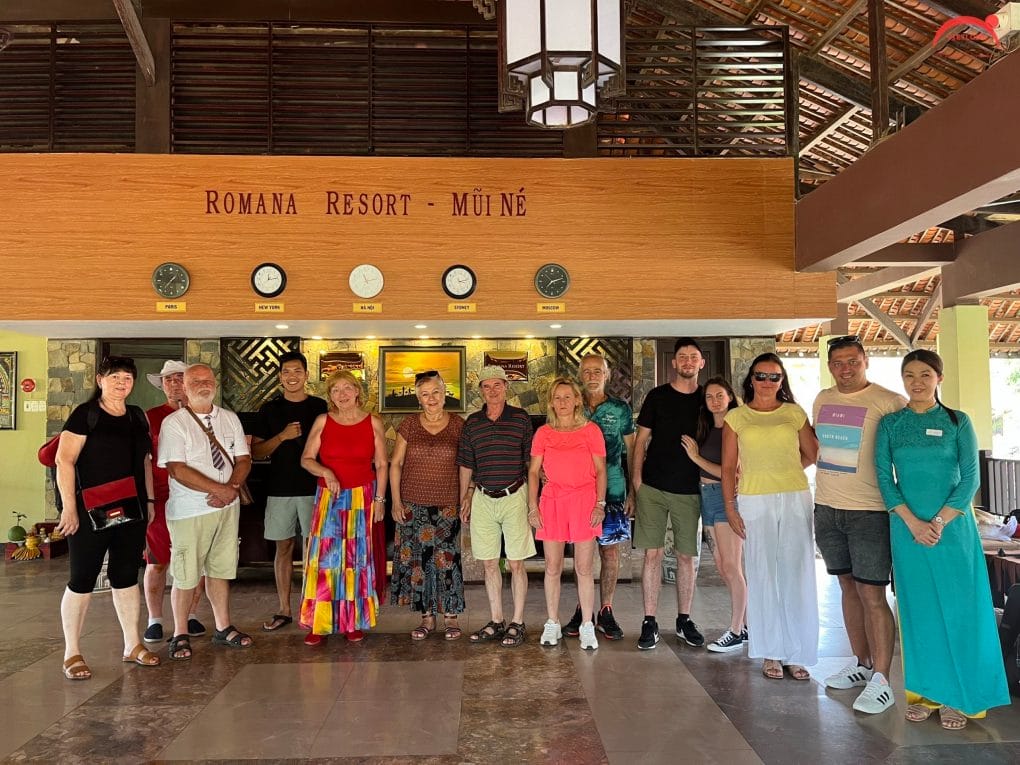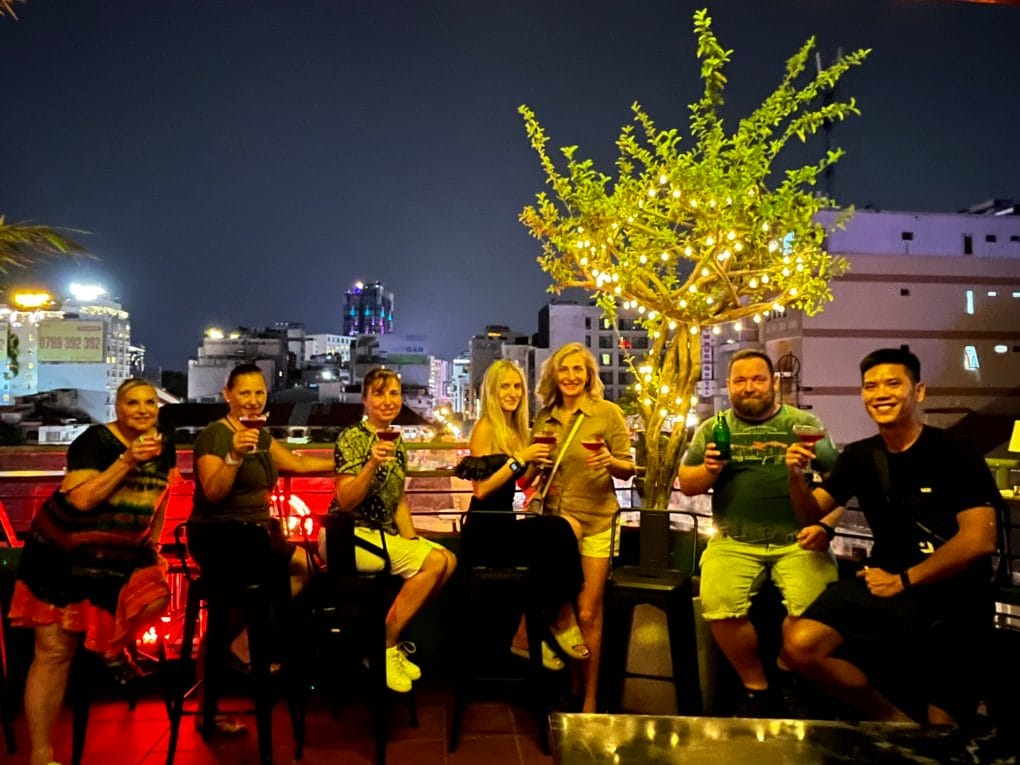Hoan Kiem Lake
Hoan Kiem Lake, also called Lake of the Restored Sword, is located in the center of Hanoi. The name Lake of the Restored Sword is derived from a legend. After ten years of hard fighting (1407-1417), the Lam Son insurrectionists led by Le Loi swept the foreign invaders out of the country of Dai Viet (Great Viet), ending the Ming’s 20-year domination over the Viet people. Le Loi became a national hero, proclaiming himself kings, called Le Thai To, and establishing his capital in Thang Long. On a beautiful afternoon, the King and his entourage took a dragon-shaped boat for sight-seeing on Luc Thuy (Green Water) Lake, which was located in the centre of Thang Long capital (present-day Hanoi). As the boat was gliding on the lake, suddenly there was a great wave and on top of the wave, the Golden Tortoise Genie appeared, telling the King:
– Your Majesty, the great work is completed. Would you please return the sacred sword to the King of the Sea?
The precious sword was formerly lent to Le Loi by the King of the Sea and was always beside him throughout his battles and helped him win over the Ming invaders. At the time the Tortoise Genie spoke, the sword hung at the King’s waist. It then moved out of the scabbard and flew towards the Genie. The Genie kept the sword in his mouth and dived under the water, and bright lightning flashed up to the sky.
Since then, the Luc Thuy Lake has been called the Restored Sword Lake, or the Sword Lake for short.
The Sword Lake is not only a historical site, but also a beauty-spot of the capital. Hence the folk verses:The Lake looks like a large mirror reflecting the scenery and colour of the sky. At sunrise, the sunshine spreads, producing a layer of golden rays dancing on the green water of the Lake that make it marvelously brilliant. The lake’s romantic view evoked so much inspiration from poets and writers who spent their time and efforts to describe the lake, yet they seemed to fail.
It is said that when visiting Hanoi, if the visitor does not see the Sword Lake, then they would not have actually been in Hanoi. The Lake is an endless topic and inspiration for painters, poets, writers, music composers, etc, and innumerable works about the Lake have been produced.
Once, a famous Japanese painter said to the late-painter Van Giao that he had painted dozens of pictures of Mount Fuji – the second to none beauty spot of Japan. Then painter Van Giao replied by saying that he had painted hundreds of pictures of the Sword Lake.
The Sword Lake is really an emerald jewel of Hanoi capital. For generations, the Vietnamese people believed that deep in the green water of the Sword Lake, there is a sacred sword of their ancestors, which is carefully safeguarded by the golden tortoise. When the weather changes, the tortoise emerges on the water surface to take a sun bath, seeming to prove his existence and remind the young generation of their national history of defending their country from foreign invaders.
Ngoc Son Temple
Hoan Kiem Lake was already considered the most beautiful lake in Hanoi when Ngoc Son Temple was built on an island in the 19th century. Initially, the temple was called Ngoc Son Pagoda and was later renamed Ngoc Son Temple, since temples are dedicated to saints. Saint Van Suong, considered to be one of the brightest stars in Vietnam’s literary and intellectual circles, was worshipped there. National hero Tran Hung Dao was also worshipped after he led the Vietnamese people to victory over the Nguyen aggressors.
The temple as it is today is the result of renovations made by Nguyen Van Sieu in 1864. A great Hanoi writer, Nguyen Van Sieu had a large pen-shaped tower built at the entrance of the temple. On the upper section of the tower, also called Thap But, are three Chinese characters Ta Thanh Thien, which literally means “to write on the blue sky is to imply the height of a genuine and righteous person’s determination and will”; Dai Nghien , meaning “ink stand”, is carved from stone resembling a peach placed on the back of the three frogs on top of the gate to the temple; and The Huc, meaning “where rays of morning sunshine touch”. On the way to the temple there are several cau doi, parallel sentences, written on the walls. These cau doi were part of traditional word puzzles played by educated individuals.






